Check out the latest from the industry leaders in print and apply label applications
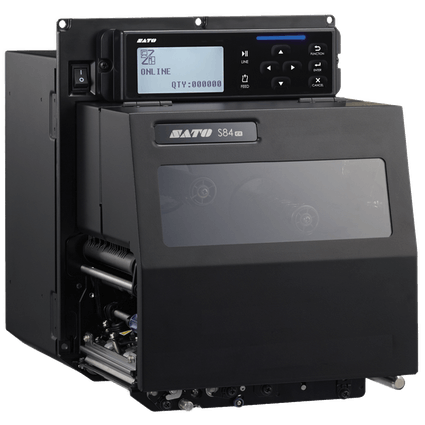
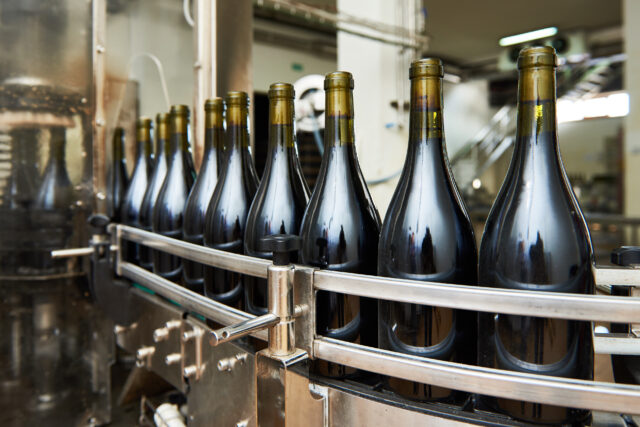

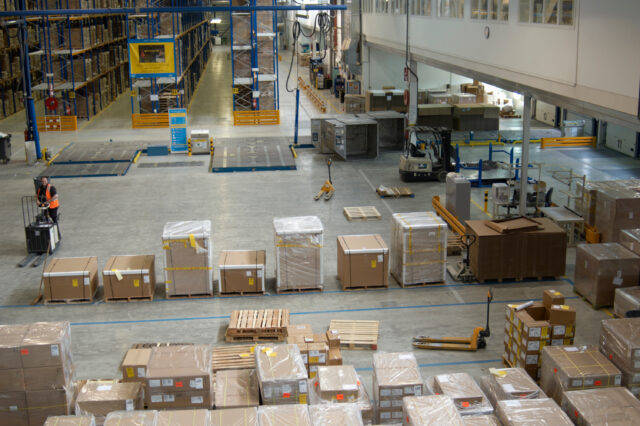
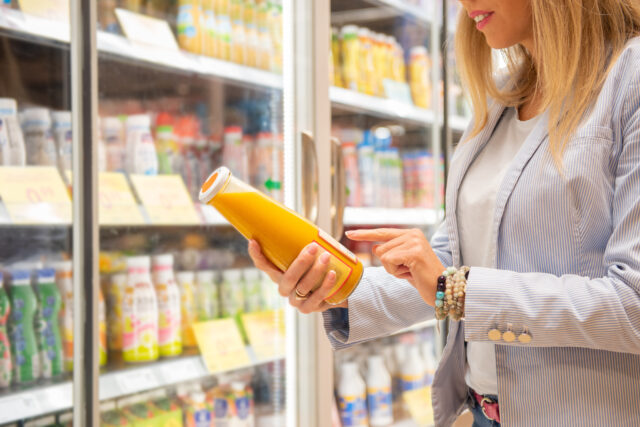
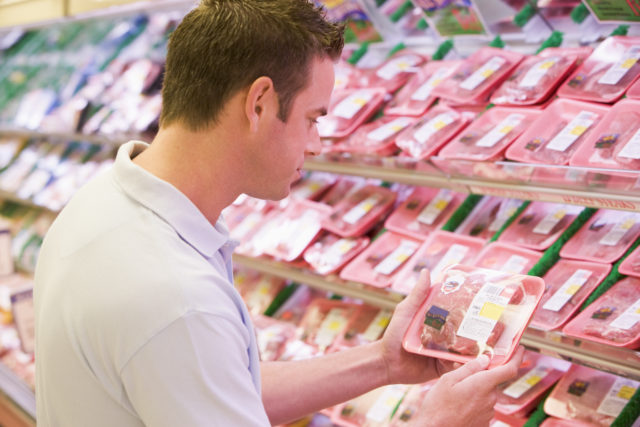
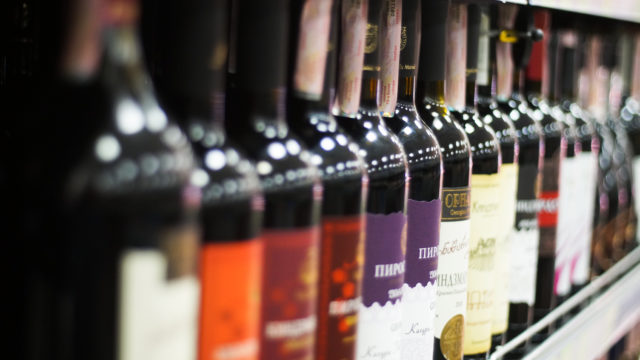
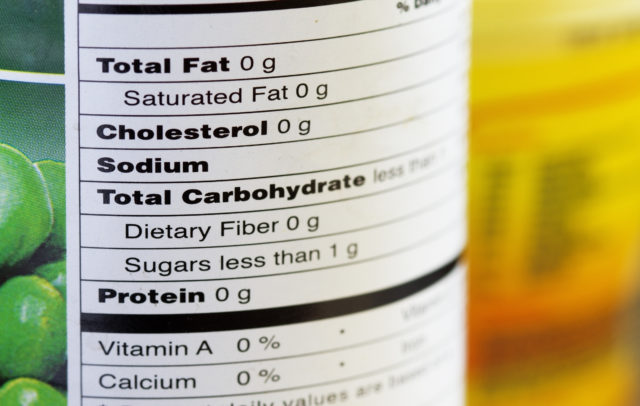
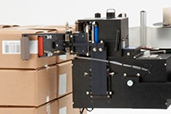

Companies have to comply with a number of labeling requirements on the manufacturing floor. These rules are put in place to make sure cases and boxes can be processed, shipped, and tracked efficiently, but this only works if the labeling is done properly. Many manufacturers continue to rely on outdated labeling technology that print illegible […]

SATO print engines are designed for high-volume, 24/7 printing for high-performance print and apply labelers. At Paragon Labeling, we use SATO print engines because we know they can handle the varied demands of the different industries we serve, including manufacturing, food and beverage, and healthcare. We combine these print engines with our modular automatic labeling […]

Paragon Labeling’s labeling machines can be configured to automatically label a wide variety of bottles, including cosmetics containers, pharmaceutical packages, and beverages. Our team has the depth and experience to build labeling equipment for even the most complex applications, freeing up your employees to focus on other, more productive tasks. Each of our machines is […]

In healthcare, labels can be used to convey everything from dosages to patient information. Hard to read or inaccurately applied labels can cause communication errors, increase the risk of mistakes during treatment, and make it harder to properly identify patients. Because of their importance to patient safety, healthcare labels are heavily regulated with unique requirements […]

Manufacturers are under enormous pressure to improve efficiencies while still complying with manufacturing requirements that keep processing and delivery running smoothly. High-quality labeling is a crucial part of that process because it communicates handling instructions and improves traceability in the supply chain. Unfortunately, many manufacturers still rely on outdated technology that lead to illegible or […]

Creating a high-quality beverage label requires an understanding of beverage label requirements, branding, and labeling processes. Learn about food and beverage labeling here. What is a beverage label? A beverage label is used to label beverage containers such as juices, beers, wines, waters, and more. Labels for the food and beverage industry have unique labeling […]

Labeling Considerations for Meat and Produce Meat and produce have specific labeling requirements that must be followed to help customers make informed decisions about the food they consume and allow for traceability in the supply chain. Labeling errors can lead to costly recalls that hurt the already-thin margins of meat and produce suppliers. The companies […]

Wine Labeling Guide There are many considerations when labeling wine. Wineries and other beverage suppliers need to factor in not only government wine labeling requirements, but how the label will look from a branding perspective. When done correctly, wine labeling can entice consumers and help differentiate the product in a saturated market. But strict labeling […]

Strict labeling requirements improve processing & traceability but pose a challenge for manufacturers. Read about labeling requirements and solutions here.

High-performance automatic labeling machines can help a variety of industries improve efficiency and accuracy. Learn more and find top models here.
We’re ready to build creative, cost effective label applications. How can we help?
"*" indicates required fields
Paragon engineers are thorough and effective. their creative approach helped us drop our overall cost and improve throughput.
Steve B